American artist Amy Balkin’s 10-year-old archival project is a telling reflection of what all the world is losing due to the now-obvious climate change, in a literal and cultural sense
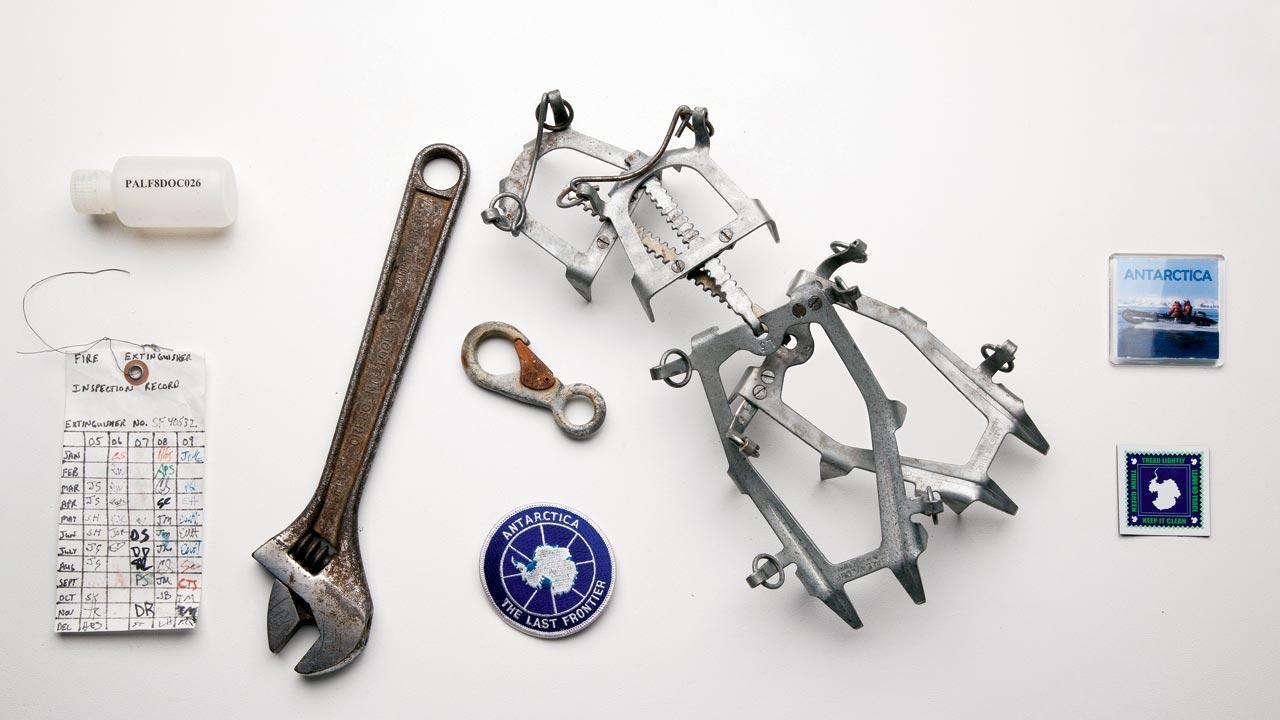
The first contributions to the Archive. All of the items in the Antarctica Collection were collected in late 2011 at Palmer Station, an American science research base on Anvers Island in the Southern Ocean
The beginnings of Amy Balkin’s A People’s Archive of Sinking and Melting project go back to 2011, when the artist was invited to Texas for a project called Carbon 13. It was organised by filmmaker David Buckland and Cape Farewell, an independent British cultural organisation, that takes artists and people involved in cultural practices to places impacted by climate change, in an attempt to notice and record their reflections. “I went to the Arctic with the team, and I proposed the idea of this project after working with climate change and studying its economics and politics. I was interested in creating an archive, but also thinking about the futures we can look towards,” says the American artist, whose work combines cross-disciplinary research centred around how humans create, interact with, and impact the social and material landscapes they inhabit.
ADVERTISEMENT
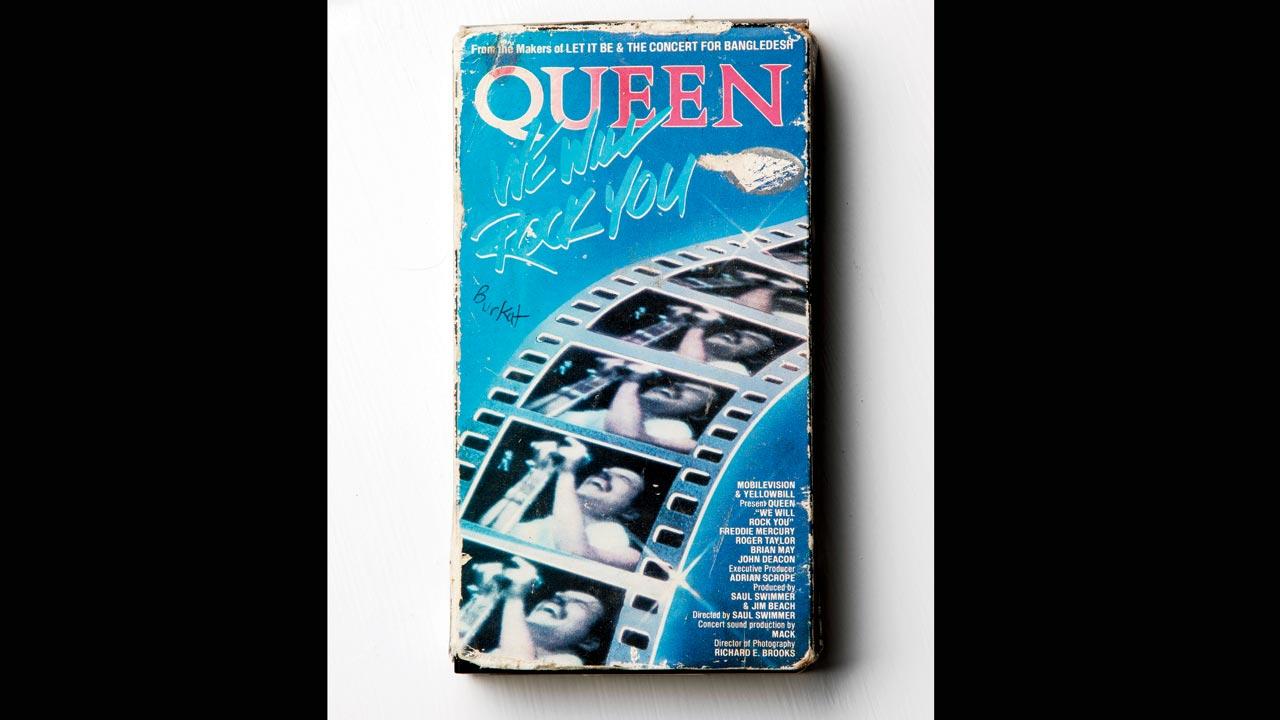 This VHS video box was salvaged by artist Tyler Henry from his basement studio at Smack Mellon, an arts organisation on Brooklyn’s waterfront. His studio there was severely damaged by seven feet of floodwater during Superstorm Sandy in 2012
This VHS video box was salvaged by artist Tyler Henry from his basement studio at Smack Mellon, an arts organisation on Brooklyn’s waterfront. His studio there was severely damaged by seven feet of floodwater during Superstorm Sandy in 2012
A People’s Archive of Sinking and Melting is a collection of items contributed by people living in places that may disappear in the future, or already have become uninhabitable in parts, as a result of the physical, political and economic impact of climate change. The contributed objects together form a record of community, evidence that tries to make the physical effects of change visible, projecting into a future characterised by loss. Balkin has already received entries from Anvers Island (Antarctica), Cape Verde, Greenland, Kivalina (Alaska), Nepal, New Orleans, New York City, Panama, Peru, Senegal, Trinidad and Tobago, and Tuvalu. Her work was recently showcased at the Talbot Rice Gallery, in Edinburgh, where the focus was on collecting contributions from Scotland. It started with submissions by an acquaintance of Balkin, who worked at the Palmer Station in Antarctica. “It became the beginning of the Antarctic collection, which included a fire extinguisher tag, crampons [a traction device that is attached to footwear to improve mobility on snow and ice during ice climbing]. There were souvenirs like a magnet with the words ‘Leave no Trace,’ which is interesting , because the Antarctic is considered pristine, and fragile, but it has no representation in the United Nations Framework Convention on Climate Change.”
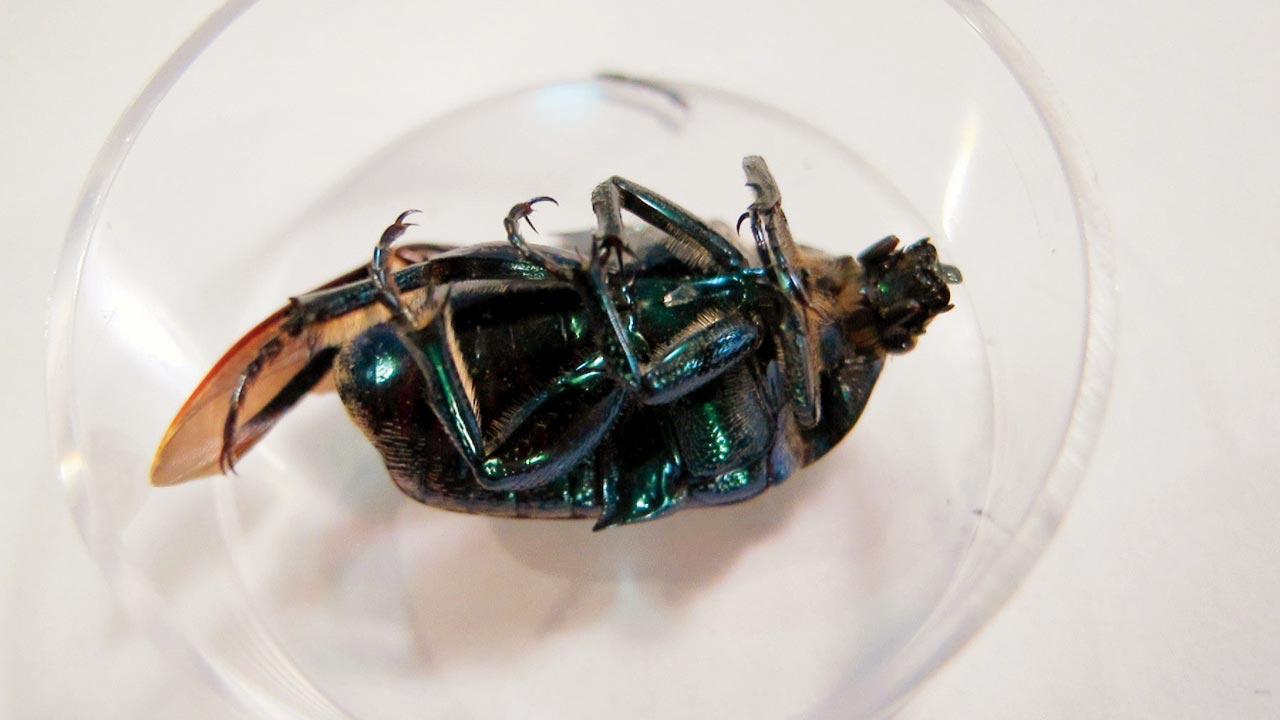 This beautiful nectar-feeding scarab beetle may be extending its range north, according to Linda Franklin, who submitted it to the California Collection. She said , 'As a citizen scientist, I wanted to share my findings with the public and draw attention to climate change. Is the expansion of the fig beetle proof of global warming? I don’t know, but it gives me pause. It is proof that as California entered its 9th and 10th year of drought that the habitat was more conducive for this beetle'
This beautiful nectar-feeding scarab beetle may be extending its range north, according to Linda Franklin, who submitted it to the California Collection. She said , 'As a citizen scientist, I wanted to share my findings with the public and draw attention to climate change. Is the expansion of the fig beetle proof of global warming? I don’t know, but it gives me pause. It is proof that as California entered its 9th and 10th year of drought that the habitat was more conducive for this beetle'
But, Balkin has also received random submissions from all over the world—including candy packages from Australia, materials from Venice, Italy, Northern Russia and Tuvulu in the Pacific Island. Some of the early things that came in were submissions from artists in New York, Tyler Henry and Adriane Colburn, whose studios had been damaged after Superstorm Sandy. “What was interesting was that separate contributions came from Cuba from the same storm, which had travelled North from Cuba to New York. So, this was proof of the same event, but representing different experiences. The things that came from Cuba showed day-to-day life there—like an empty toothpaste tube, nails, twine, while the New York submissions included a VHS video tape of a Queen concert, broken drywall, and drawings. In fact they sent stuff that floated into their studios, like stuff from the 1970s saved by an Iranian artist down the hall, who had immigrated to America.”
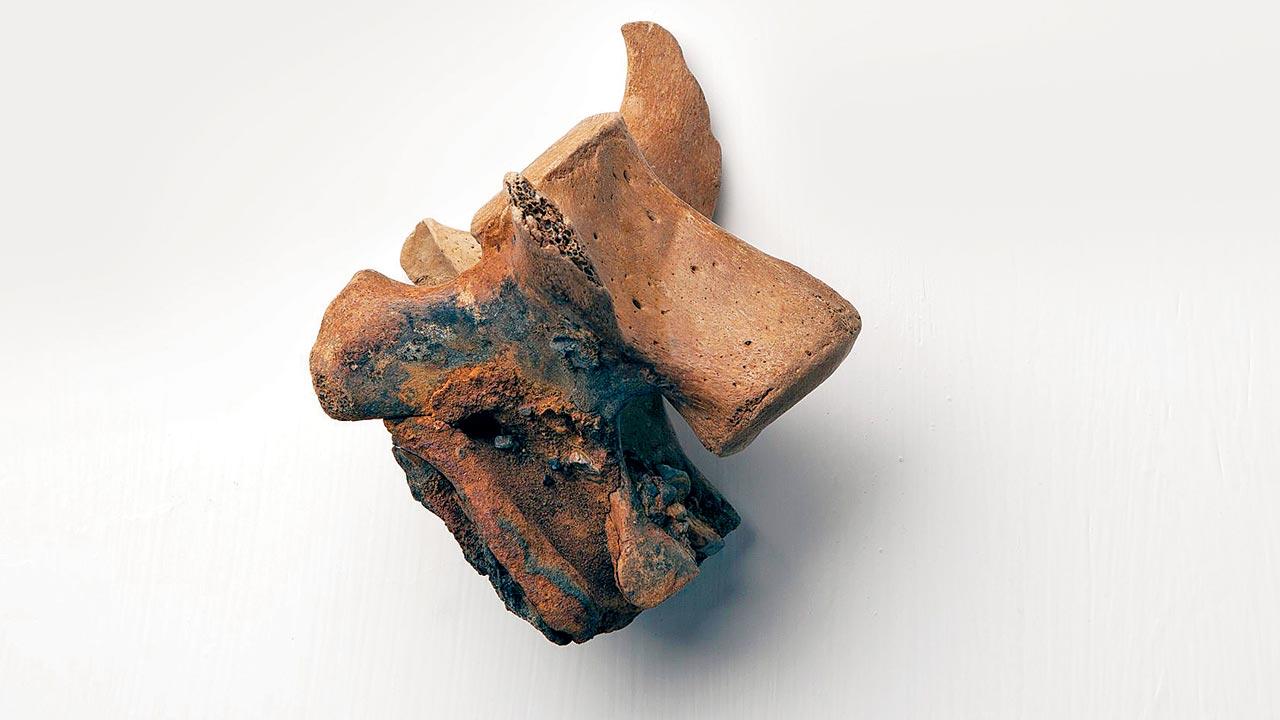 This vertebra from an unknown pinniped (seals, fur seals, sea lions, or walruses) was contributed by Jesus Landin-Torrez III from Kivalina, Alaska. Kivalina is a Native Iñupiat village which sits on a barrier reef between the Chukchi Sea and the Kivalina River. It has already seen severe erosion and evacuations caused by sea level rise, the loss of sea-ice, melting permafrost and storm surge flooding. Predicted to be inundated by 2025, Kivalina has been fighting for relocation funding and in the courts against greenhouse gas polluters including ExxonMobil. Pics/Mary Lou Saxon/Courtesy The Archive
This vertebra from an unknown pinniped (seals, fur seals, sea lions, or walruses) was contributed by Jesus Landin-Torrez III from Kivalina, Alaska. Kivalina is a Native Iñupiat village which sits on a barrier reef between the Chukchi Sea and the Kivalina River. It has already seen severe erosion and evacuations caused by sea level rise, the loss of sea-ice, melting permafrost and storm surge flooding. Predicted to be inundated by 2025, Kivalina has been fighting for relocation funding and in the courts against greenhouse gas polluters including ExxonMobil. Pics/Mary Lou Saxon/Courtesy The Archive
At a time when climate change is sweeping the world (it’s raining in Mumbai in October, if you hadn’t noticed), the submissions could be widespread. But what is the criteria that Balkin sticks to? The rules are simple, but broad. “For some people, it’s important to have cultural resonance. For example, a reporter who went up to Kivalina, Alaska, which is already badly impacted, and bought a whalebone carving by a local artisan, felt that it made sense to send it for the archive. But anything is meaningful—even garbage—as it shows the circulation of goods.”
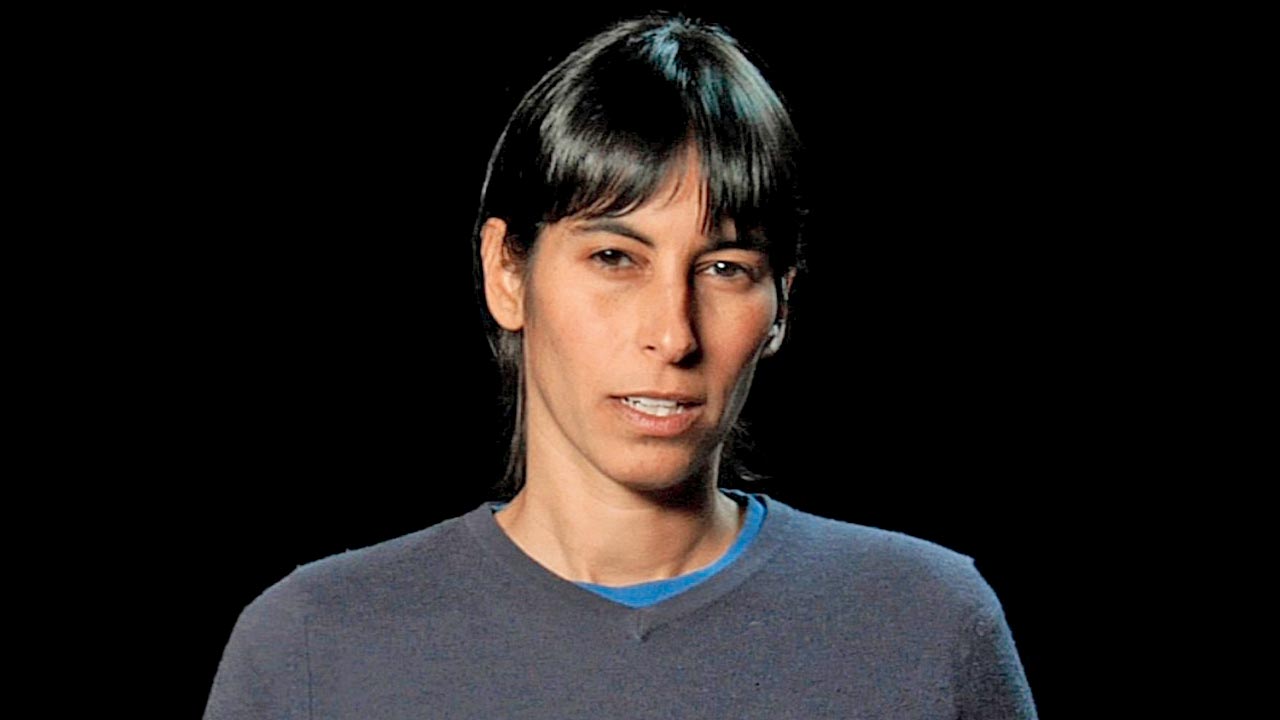 Amy Balkin
Amy Balkin
But from the time she set out on the project, Balkin rues that unfortunately now, climate change impact is seen readily and more easily. “In 2011, it was about building awareness that it exists; now it’s everywhere. I am in California, and there are wild fires here every day. In the case of sea level rise, insurance policies have changed. In a way, it’s about the loss of the ‘every day’.”
In the end, she says the point of the achievement was, and is, about future anteriors. “It was about these objects standing in as an expression of solidarity of mutual experience, and hope that recognition might support a positive political outcome. But the most significant change has been that climate change was once ‘out there’, but is now here.” Ask Balkin if that means the project will come to an end soon, and she says there will be a closure moment, but she doesn’t know what and when. “I don’t know if quantity will become quality. But for me, it’s important to continue to circulate it.”
To submit to the project, log in to www.sinkingand melting.org
 Subscribe today by clicking the link and stay updated with the latest news!" Click here!
Subscribe today by clicking the link and stay updated with the latest news!" Click here!







